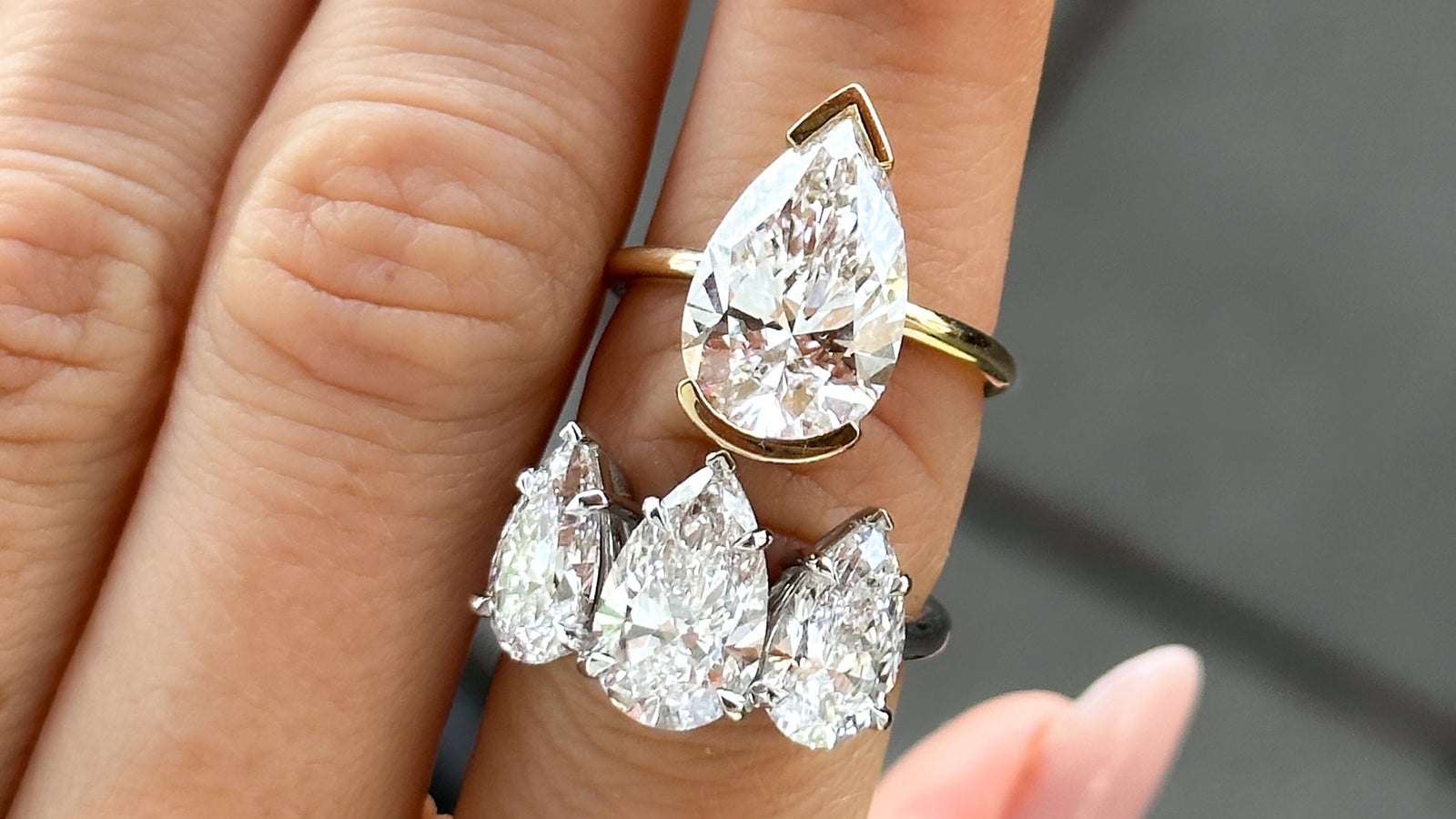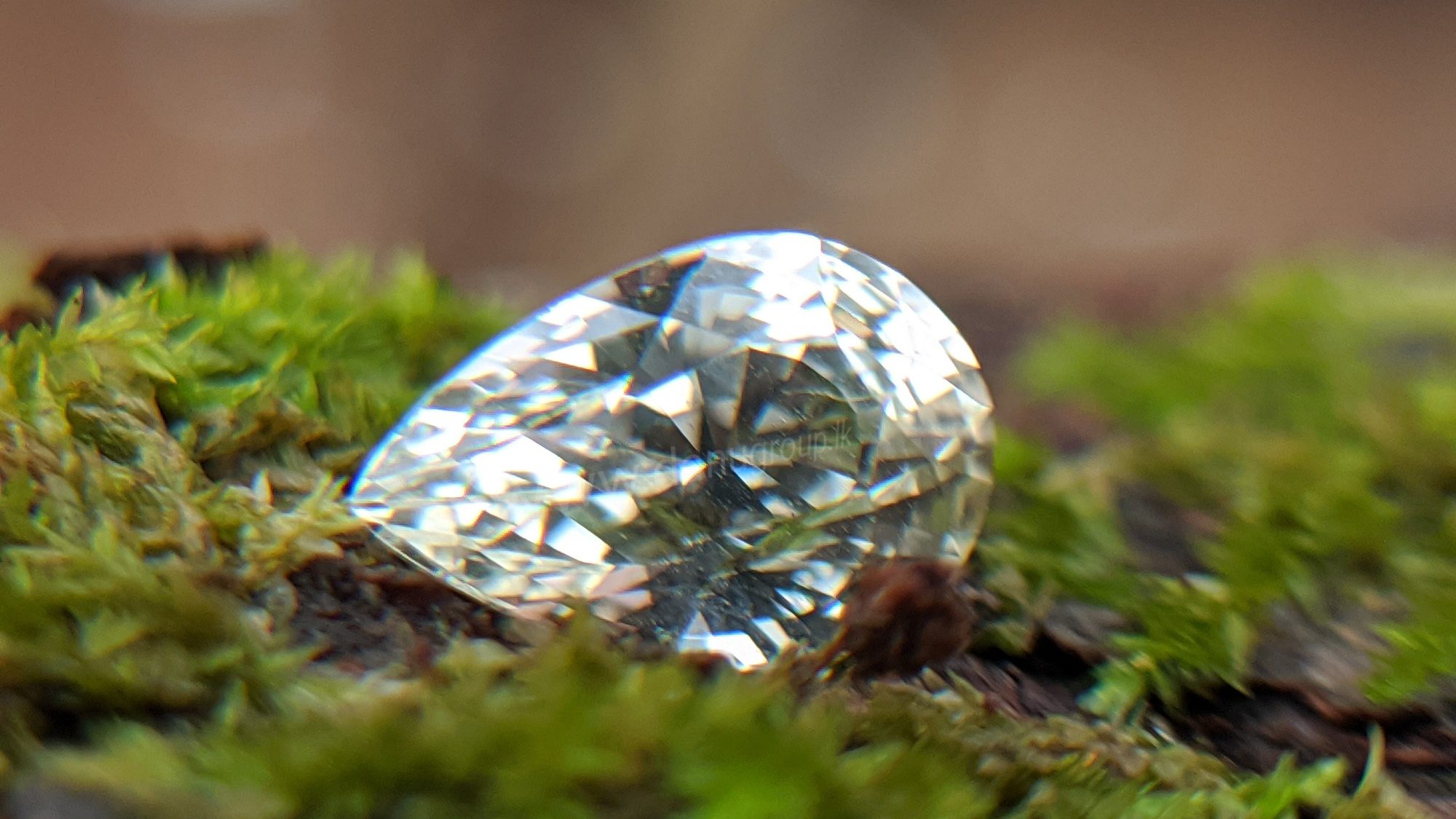When it comes to selecting a diamond ring, one of the most important decisions you’ll make is choosing the right diamond shape. Diamond ring shapes play a significant role in the overall look and feel of the piece, impacting the ring’s visual appeal and how it complements your personal style. With so many options available, understanding the different diamond ring shapes and their unique characteristics will help you make an informed choice. In this guide, we will explore the most popular diamond shapes and what makes each one special.
What Are Diamond Ring Shapes?
Diamond ring shapes refer to the way the diamond is cut and the overall outline of the stone. While the term “cut” is often used interchangeably with shape, it’s important to note that “cut” refers to the angles, proportions, and finish of the diamond, whereas “shape” refers to its outline or form. Diamond ring shapes come in various styles, each offering its own unique flair and appeal. Whether you prefer a classic look or something more modern, there is a diamond shape to suit every taste and personality.
When selecting a diamond for your engagement ring or another piece of jewelry, consider both the shape and the overall design of the ring. The shape of the diamond can affect how the stone reflects light, its perceived size, and how it sits on your finger. By understanding the various diamond ring shapes, you can make a choice that complements both your preferences and your budget.
Round Diamond Ring Shapes: Timeless and Brilliant
Among all the diamond ring shapes, the round shape is by far the most popular and classic. Known for its exceptional brilliance and timeless appeal, the round diamond shape features 58 facets that maximize the stone’s light reflection, creating a beautiful sparkle. Round diamonds are a favorite choice for engagement rings because they have a well-balanced, symmetrical look that works well with almost any setting.
The round diamond ring shape is highly versatile, pairing well with both modern and traditional designs. Whether you opt for a solitaire setting or a halo setting with side diamonds, the round shape shines in any context. This classic shape is often chosen for its enduring elegance, making it an ideal option for someone looking for a diamond ring that will never go out of style.
Princess Diamond Ring Shapes: A Contemporary Option with Sharp Edges
Another popular choice for diamond ring shapes is the princess cut, which has a square or rectangular shape with pointed corners. Known for its modern and sophisticated appearance, the princess cut is the second most popular diamond shape after the round. This shape is ideal for those who want a stylish, contemporary look while still maintaining the brilliance of the diamond.
The princess diamond ring shape is highly versatile and works beautifully in a variety of settings, from solitaires to more intricate designs with additional diamonds. Its sharp corners and geometric shape give it a bold, modern feel, making it a popular choice for those who want a diamond ring that stands out.

Oval Diamond Ring Shapes: Elegant and Elongated
Oval diamond ring shapes are a popular alternative to round diamonds, offering a unique and elegant appearance. The oval shape is an elongated form of the round diamond, which can make the finger appear longer and slimmer. This shape is often chosen for its sophisticated yet timeless appeal, offering a perfect balance between brilliance and visual impact.
Oval diamonds have a larger surface area than round diamonds of the same carat weight, which can make them appear bigger, offering a great value for those who want a larger-looking stone without the higher cost of a larger carat weight. The oval diamond ring shape is ideal for those seeking a unique twist on a classic design, while still enjoying the timeless elegance that diamonds bring.
Cushion Diamond Ring Shapes: A Vintage Touch
Cushion-cut diamonds are another popular choice in diamond ring shapes, known for their square or rectangular shape with rounded corners. This shape is often compared to a pillow or cushion, offering a vintage-inspired look that blends the classic and modern elements beautifully. The cushion diamond ring shape has become increasingly popular in recent years, especially for those looking for something with a bit of old-world charm.
The cushion shape has a soft, romantic feel, making it an ideal choice for vintage-inspired or antique-style rings. It is a great option for those who want a diamond that’s distinctive yet still offers excellent brilliance and fire. Cushion diamonds come in a variety of ratios, including square and elongated options, so you can choose the version that best suits your taste.
Emerald Diamond Ring Shapes: Sophisticated and Elegant
Emerald diamond ring shapes are known for their long, rectangular facets and cropped corners, creating a sophisticated and elegant appearance. Unlike the round or princess cut, the emerald shape has fewer facets, which gives it a unique, more transparent look. This cut highlights the clarity of the diamond, making it a perfect choice for those who want a high-quality diamond with excellent clarity.
The emerald diamond ring shape is ideal for those who appreciate clean lines and understated elegance. It is often chosen for its sophisticated, vintage-inspired aesthetic and works well in classic settings. Although emerald diamonds may not have the same sparkle as round or princess-cut diamonds, their clean, sleek appearance makes them a striking choice for those seeking a more subtle, refined look.
Pear Diamond Ring Shapes: A Teardrop Shape with Versatility
The pear-shaped diamond ring shape, also known as the teardrop cut, is a unique combination of the round and marquise shapes. It has a rounded end and a tapered point, creating a soft, elegant look. Pear-shaped lab made diamonds are highly versatile and can be worn in both modern and vintage-inspired designs. The shape is particularly flattering on the finger, as it elongates the hand and gives it a delicate, graceful appearance.
The pear-shaped diamond ring shape is perfect for those who want something distinctive but still timeless. This shape works well in both solitaire and halo settings, offering a stunning focal point for the ring. The elongated shape of the pear diamond also makes it a great choice for those who want a larger-looking stone.
Marquise Diamond Ring Shapes: Dramatic and Elegant
Marquise diamond ring shapes are known for their elongated, football-like appearance with pointed ends. This shape has a dramatic, striking presence, making it an excellent choice for those who want a diamond that stands out. The marquise shape is designed to maximize the carat weight of the diamond, creating an illusion of a larger size without increasing the actual carat weight.
The marquise diamond ring shape is ideal for those who want a bold, distinctive look. The elongated shape also has the added benefit of making the fingers appear longer and more slender. Whether set in a classic solitaire setting or surrounded by smaller accent diamonds, the marquise diamond shape adds a touch of elegance and drama to any piece.
Conclusion: Choosing the Right Diamond Ring Shape for You
When it comes to selecting the perfect diamond ring, choosing the right diamond shape is one of the most important decisions you’ll make. Each diamond ring shape has its own unique characteristics and appeal, from the classic round and princess cuts to the more unique oval and marquise shapes. By considering your personal style, finger shape, and the overall design of the ring, you can select the diamond shape that suits you best.


)

